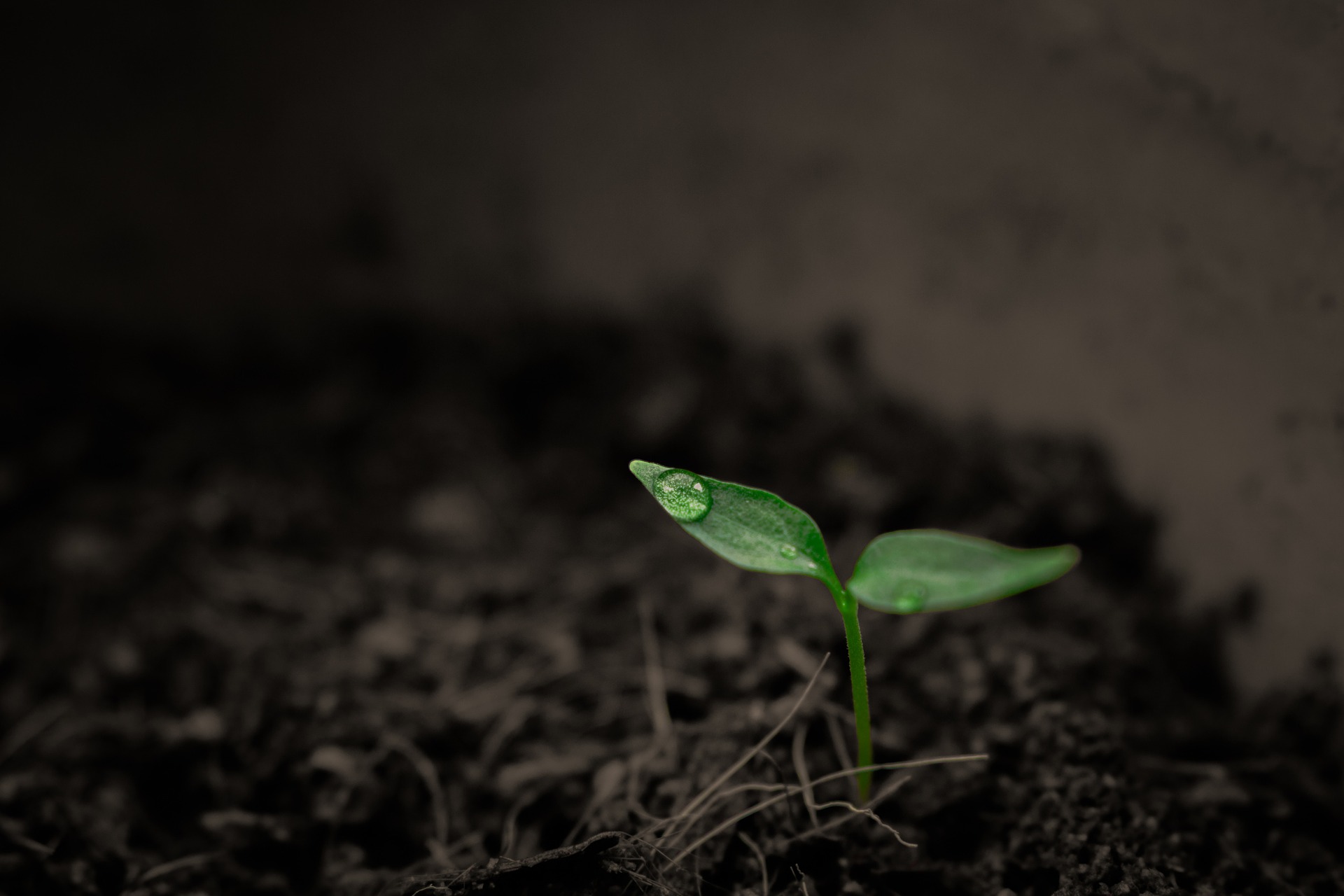
Bacteria can break down PFAS, the extremely hard-to-break down chemicals found in, for example, fire foams and impregnating agents. A research team in the United States seems to have found such bacteria.
The research team discovered a bacteria able to remove fluorine from the carbon chain, under special cultivation conditions. This ability is unique because the bond between carbon and fluorine is so incredibly strong.
PFAS is a collective name for thousands of industrially produced organic substances, where the carbon chains are filled with fluorine atoms. They are very useful when creating water, grease, and dirt-repellent surfaces, and is thus used in a variety of such products. Infused in textiles and detergents for example.
But the unique ability of PFAS comes at an environmental price, since they degrade very slowly, or not at all, in nature. They can accumulate in organisms, and studies with laboratory animals have shown that high levels in the body can, among other things, cause liver damage and affect reproductive ability.
For environmental reasons, a number of companies have now stopped using PFAS, or are trying to phase them out. But now these PFAS-degrading bacteria come into the picture as well.
In the study, the researchers looked more closely at a bacterium, called A6. For 100 days it was allowed to stay with two different types of PFAS, and with the help of iron, among other things, the bacteria managed to break down a large part of the PFAS.
“This is a proof of concept,”
“We would like to get the removal higher, and then go and test it in the field.”
– Peter Jaffe, the lead researcher and a professor of civil and environmental engineering at Princeton
Because of the strength of the carbon-fluorine bond, these chemicals are extremely difficult to remove through conventional means. But Jaffe and co-researcher, Shan Huang, an associate research scholar at Princeton, suspected that the Acidimicrobium A6 might be an effective remedy.
“We knew this was a big environmental challenge, to find an organism that could degrade these perfluorinated organics,”
– Jaffe said.
After 100 days, the researchers stopped the test and determined that the bacteria had removed 60 percent of the contaminants and released an equivalent amount of fluoride in the process. Jaffe said the 100 day period was an arbitrary length selected for the experiment, and that longer incubations might result in more PFAS removal. The researchers also plan to vary the conditions to find the optimum conditions for PFAS removal.
Acidimicrobium A6 thrives in low oxygen conditions, which makes it particularly effective for soil and groundwater remediation and allows it to function without expensive aeration.
The research on bacterium “Acidimicrobium bacterium A6” was reported in the journal Environmental Science and Technology.
Reference:
Jaffe et al. “Defluorination of Perfluorooctanoic Acid (PFOA) and Perfluorooctane Sulfonate (PFOS) by Acidimicrobium sp. Strain A6”. Environmental Science and Technology, 2019. doi: 10.1021 / acs.est.9b04047.

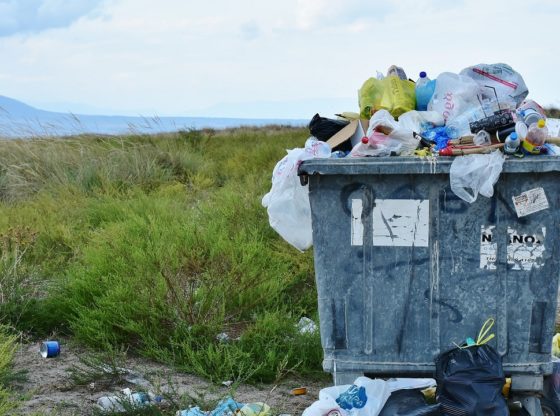


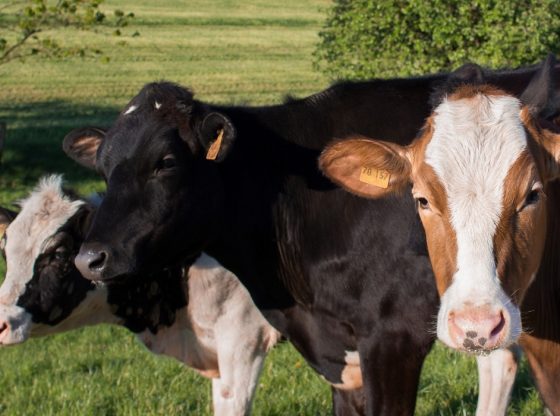
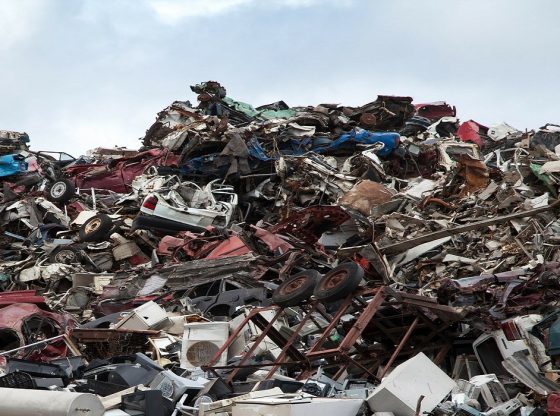



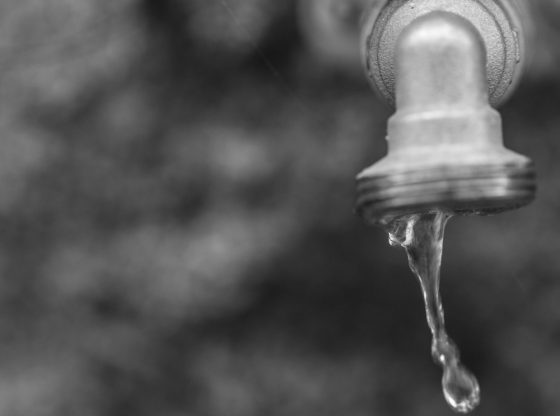
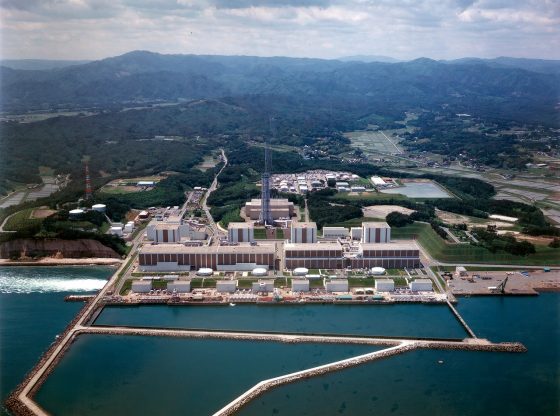
![OpenAI. (2025). ChatGPT [Large language model]. https://chatgpt.com](https://www.illustratedcuriosity.com/files/media/55136/b1b0b614-5b72-486c-901d-ff244549d67a-350x260.webp)
![OpenAI. (2025). ChatGPT [Large language model]. https://chatgpt.com](https://www.illustratedcuriosity.com/files/media/55124/79bc18fa-f616-4951-856f-cc724ad5d497-350x260.webp)
![OpenAI. (2025). ChatGPT [Large language model]. https://chatgpt.com](https://www.illustratedcuriosity.com/files/media/55099/2638a982-b4de-4913-8a1c-1479df352bf3-350x260.webp)








